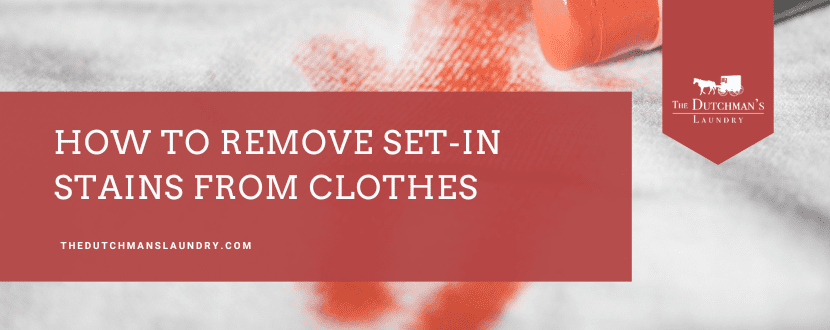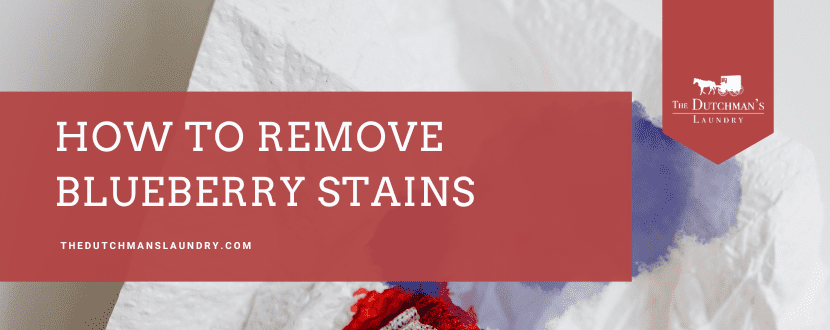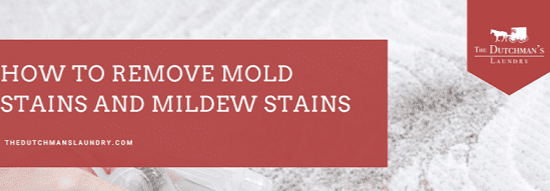Laundry day is something we all deal with, but are you sure you’re doing it right? Countless laundry myths have been passed down through generations, and while some of them may seem like common sense, they might be doing more harm than good. In this article, we’ll debunk five common laundry myths and provide you with laundry tips to ensure your clothes come out clean and last longer. Whether it’s how you use your dryer, the detergent you choose, or the way you treat stains, we’ll set the record straight.
Table of Contents
ToggleDo You Need to Always Use Hot Water to Kill Bacteria?
Myth: Hot water is necessary to kill bacteria and clean clothes properly.
This laundry myth has been around for ages, with many people believing that using hot water is the only way to kill bacteria and get clothes clean. While hot water can be effective, it’s not always necessary, and it could even damage certain fabrics.
Fact: Cold water can also clean clothes effectively and prevent damage.
Using cold water is often sufficient for most laundry needs, especially when using modern high-efficiency detergents that are formulated to work well in lower temperatures. Cold water helps to prevent shrinking, fading, and damage to delicate fabrics, making it a safer choice for most loads. Plus, it’s more energy-efficient, saving both water and electricity.
For heavily soiled items or those that need extra sanitation, using hot or warm water may still be necessary. However, the key is to check the care label on each garment to ensure you’re using the correct wash temperature to avoid damaging the item.
Does More Detergent Mean Cleaner Clothes?
Myth: Using extra detergent will make your clothes cleaner.
When it comes to laundry detergent, many people believe that more is better. The thought is that adding extra detergent will result in cleaner clothes, especially for large or heavily soiled loads. But this is another common laundry myth that can actually do more harm than good.
Fact: Using too much detergent can leave residue and cause longer drying times.
Using too much detergent doesn’t make clothes cleaner; instead, it can leave behind a soapy residue that makes fabrics feel sticky and uncomfortable. This residue can also cause your washing machine to work harder, leading to longer drying times and potential mildew growth in your laundry room. To avoid this, it’s essential to follow the manufacturer’s recommendations for the proper amount of detergent per load.
High-efficiency washers, in particular, are designed to use less water and detergent, so adding extra can lead to problems like excess suds and detergent buildup. Make it a habit to measure the detergent carefully and use the amount recommended for the size and soil level of the load.
Confused by all the laundry detergent options? Our blog, “How to Choose the Best Laundry Detergent,” breaks down everything you need to know to make an informed choice and ensure your laundry routine is both effective and efficient.
Are Dryer Sheets Necessary for Every Load?
Myth: You should always use dryer sheets to prevent static and soften clothes.
Dryer sheets are a staple in many laundry routines, with the belief that they’re necessary to prevent static cling and keep fabrics soft. While they can be useful, they’re not always needed and can sometimes be more trouble than they’re worth.
Fact: Dryer sheets aren’t necessary for every load and can cause lint buildup.
Dryer sheets work by coating fabrics with a thin layer of softening agents that reduce static and add fragrance. However, this coating can also build up on your dryer’s lint trap and reduce airflow, leading to longer drying times and potentially even fire hazards. Additionally, some fabrics, like towels and athletic wear, may become less absorbent over time if you always use dryer sheets.
Instead of relying on dryer sheets for every load, consider using them only when needed or switching to alternatives like wool dryer balls, which help reduce static without leaving residue.
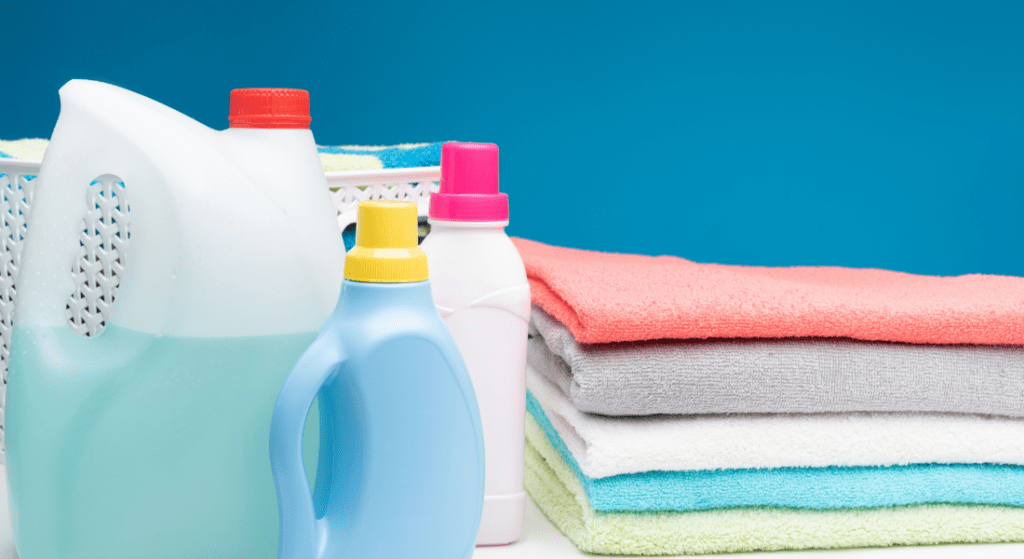
Will Bleach or Fabric Softener Extend the Lifespan of Clothes?
Myth: Bleach and fabric softener are necessary to keep clothes looking new and extending their lifespan.
Many people believe that using bleach and fabric softeners in every load is essential for maintaining the appearance and longevity of their garments. However, overuse of these products can actually lead to the opposite effect.
Fact: Overuse of bleach and fabric softener can damage clothes and reduce their lifespan.
Bleach is a powerful stain remover, but it’s also harsh on fabrics, especially delicate items. Over time, frequent use of bleach can weaken fibers, causing them to break down faster. Similarly, fabric softeners can leave a waxy buildup on fabrics, reducing their breathability and making them less effective at wicking moisture.
To extend the lifespan of your clothes, use bleach sparingly and only on items that truly need it, such as heavily soiled whites. As for fabric softener, consider using it only on specific loads, or switch to a gentler alternative like distilled white vinegar, which softens clothes naturally without leaving residue.
Is Dry Cleaning the Only Option for Delicate Fabrics?
Myth: Delicate fabrics must always be Dry Cleaned.
Dry cleaning is often seen as the only safe option for delicate fabrics like silk, wool, or cashmere. While it’s true that some items require professional care, this isn’t a hard and fast rule.
Fact: Many delicate fabrics can be hand-washed or machine-washed on a gentle cycle.
Many delicate fabrics can be safely hand-washed or even machine-washed using a gentle cycle and cold water. The key is to follow the care instructions on the garment’s label and to use a detergent designed for delicate materials. For items like sweaters, lay them flat to dry to avoid stretching or misshaping.
Dry cleaning is still the best option for certain items, particularly those with complex construction or embellishments. However, by carefully following care instructions, you can often avoid the expense and chemicals associated with dry cleaning while still keeping your clothes in great shape.
Is It True That Freezing Jeans Removes Odor?
Myth: Freezing a pair of jeans will remove odor and eliminate the need for washing.
One of the more recent laundry myths to gain popularity is the idea that freezing your jeans can remove odor and bacteria, allowing you to skip the wash cycle. But does this method work?
Fact: Freezing jeans won’t kill bacteria or remove odor effectively.
Freezing jeans might temporarily reduce odor, but it doesn’t kill the bacteria that cause it. The cold temperature can cause bacteria to become dormant, but they’ll become active again once the jeans warm up. Additionally, freezing doesn’t remove dirt, oils, or stains, so your jeans won’t actually be clean.
To keep your jeans fresh and clean, it’s better to wash them on a gentle cycle with cold water and a mild detergent. This method will help preserve the color and fabric while effectively removing odor and bacteria.
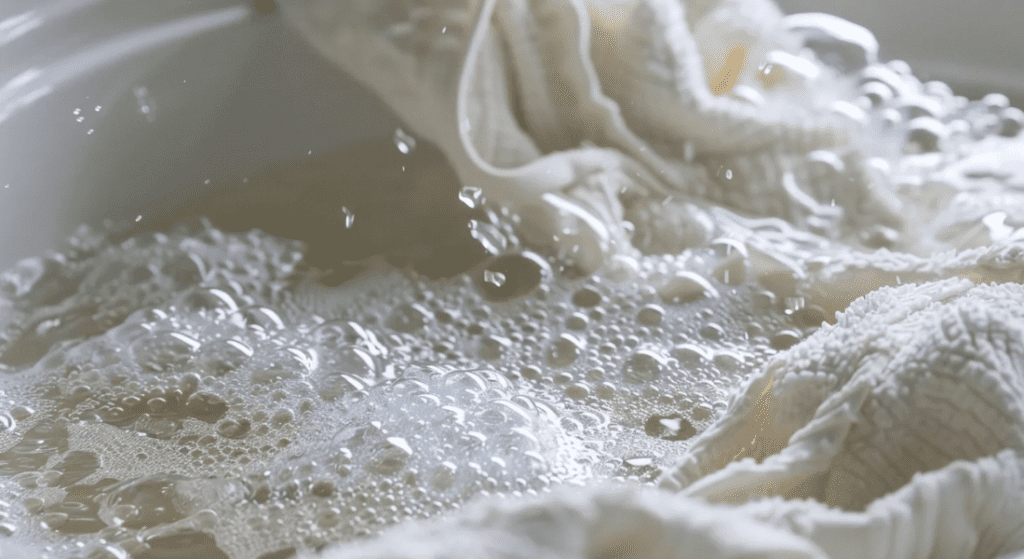
Can Stains Be Removed by Using Hot Water Alone?
Myth: Using hot water is the best way to remove stains from clothes.
Hot water is often recommended for tough stains, but it’s not always the best solution for every type of stain. In some cases, using hot water can actually make the stain worse.
Fact: Different stains require different treatments, and hot water isn’t always the answer.
Stains can be removed more effectively by treating them according to their type. For example, protein-based stains like blood or sweat should be treated with cold water, as hot water can set the stain into the fabric. On the other hand, greasy stains might benefit from warm water to help break down the oils.
It’s important to apply a stain remover before washing and to follow the care label’s instructions. For tough stains, pre-soaking the garment in a mixture of water and detergent can help loosen the dirt and stains before the regular wash cycle.
Is It Necessary to Clean Your Washing Machine Regularly?
Myth: Washing machines are self-cleaning and don’t require routine maintenance.
It’s easy to assume that because a washing machine is constantly filled with soap and water, it’s automatically clean. However, this is another common laundry myth that can lead to problems down the line.
Fact: Cleaning your washing machine is essential for maintaining its performance and avoiding mildew.
Over time, detergent residue, dirt, and mildew can build up inside your washing machine, leading to odor and even affecting the cleanliness of your clothes. To avoid these issues, it’s important to clean your machine regularly, especially if you frequently use cold water cycles, as they can leave more residue behind.
Most manufacturers recommend cleaning your washing machine every few months by running an empty cycle with hot water and a cleaning agent like distilled white vinegar or a specialized washing machine cleaner. This routine maintenance will help keep your machine running smoothly and ensure that your clothes come out fresh and clean every time.
Are Lint Traps the Only Part of the Dryer That Needs Cleaning?
Myth: Cleaning the lint trap is enough to maintain your dryer.
Cleaning the lint trap is an important part of dryer maintenance, but it’s not the only step you should take to keep your dryer in good working order.
Fact: The lint trap and dryer vent both need regular cleaning to prevent fire hazards and maintain efficiency.
In addition to cleaning the lint trap after every load, it’s also important to clean the dryer vent regularly. Lint can accumulate in the vent over time, reducing airflow and causing longer drying times or even posing a fire risk. To prevent these issues, clean the vent at least once a year, and more often if you notice your dryer taking longer to dry clothes.
Keeping your dryer clean and well-maintained will not only improve its efficiency but also extend its lifespan, helping you avoid costly repairs or replacements.
Does Sorting Laundry by Color Really Matter?
Myth: Sorting laundry by color is unnecessary and just takes extra time.
With today’s advanced detergents and washing machines, some people believe that sorting laundry by color is no longer necessary. However, this practice is still important for maintaining the quality of your clothes.
Fact: Sorting laundry by color and fabric type helps prevent dye transfer and damage.
Sorting your laundry by color and fabric type is essential for preventing dye transfer, which can ruin lighter garments. Additionally, washing similar fabric types together helps ensure that delicate fabrics aren’t damaged by rougher materials.
Make it a habit to sort your laundry into whites, darks, and colors, as well as by fabric type, before washing. This extra step will help keep your clothes looking their best and avoid any unfortunate laundry disasters.
Bullet-Point Summary of Key Takeaways:
- Cold water can effectively clean most clothes, saving energy and preventing fabric damage.
- Using too much detergent can lead to residue buildup, longer drying times, and mildew growth.
- Dryer sheets aren’t necessary for every load and can cause lint buildup in your dryer.
- Overuse of bleach and fabric softener can damage fabrics and reduce their lifespan.
- Delicate fabrics can often be hand-washed or machine-washed on a gentle cycle.
- Freezing jeans won’t effectively remove odor or bacteria.
- Different stains require specific treatments, and hot water isn’t always best.
- Regularly cleaning your washing machine is crucial for maintaining its performance.
- Cleaning the dryer vent is as important as cleaning the lint trap to prevent fire hazards.
- Sorting laundry by color and fabric type helps prevent dye transfer and damage.
By debunking these common laundry myths, you can improve your laundry routine, keep your clothes looking their best, and avoid common mistakes that could lead to damage or inefficiency.
Want more handy laundry tips? Check out our Laundry blog for easy advice and fun ideas to make your laundry routine a breeze!


